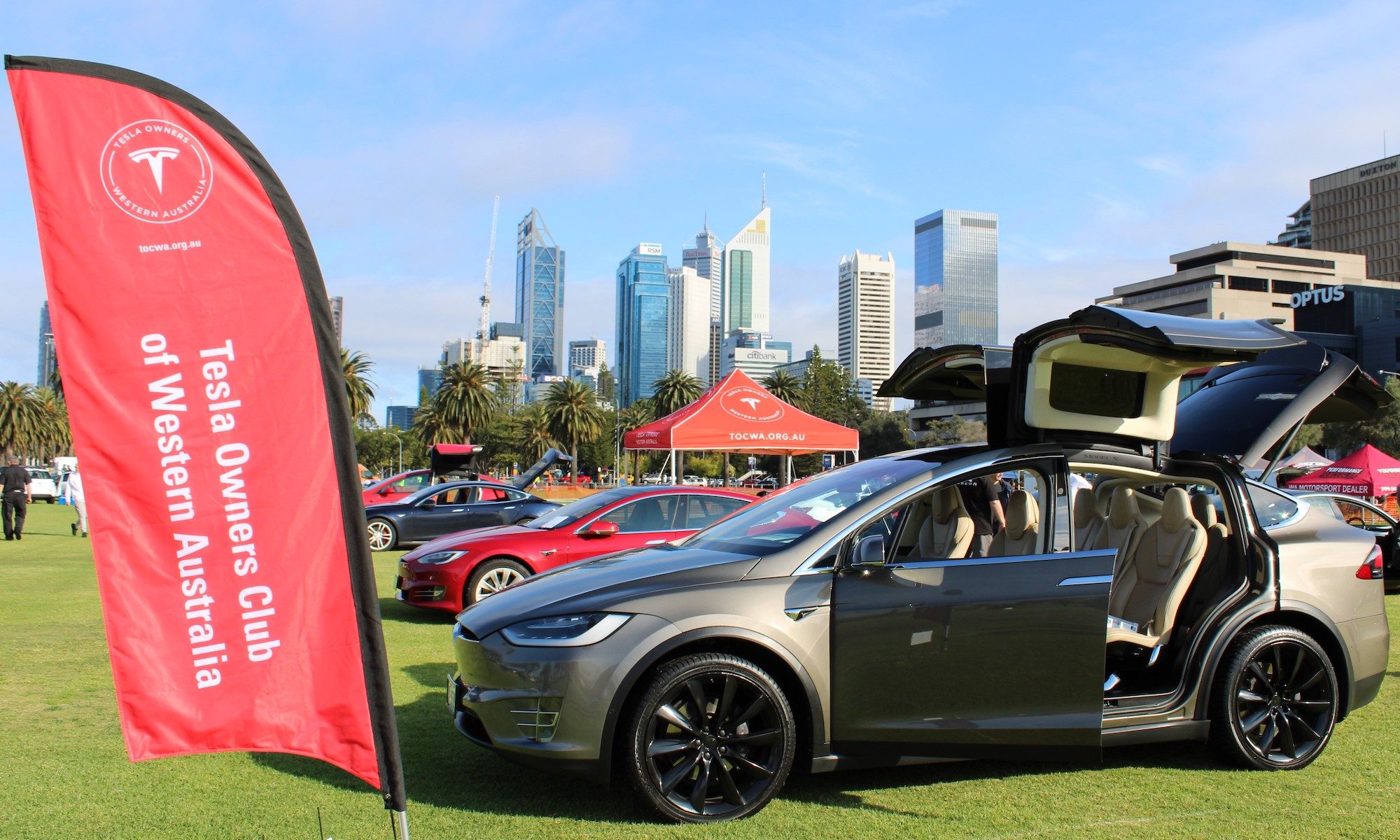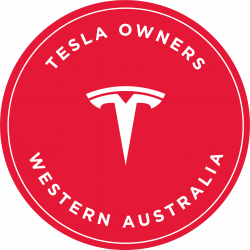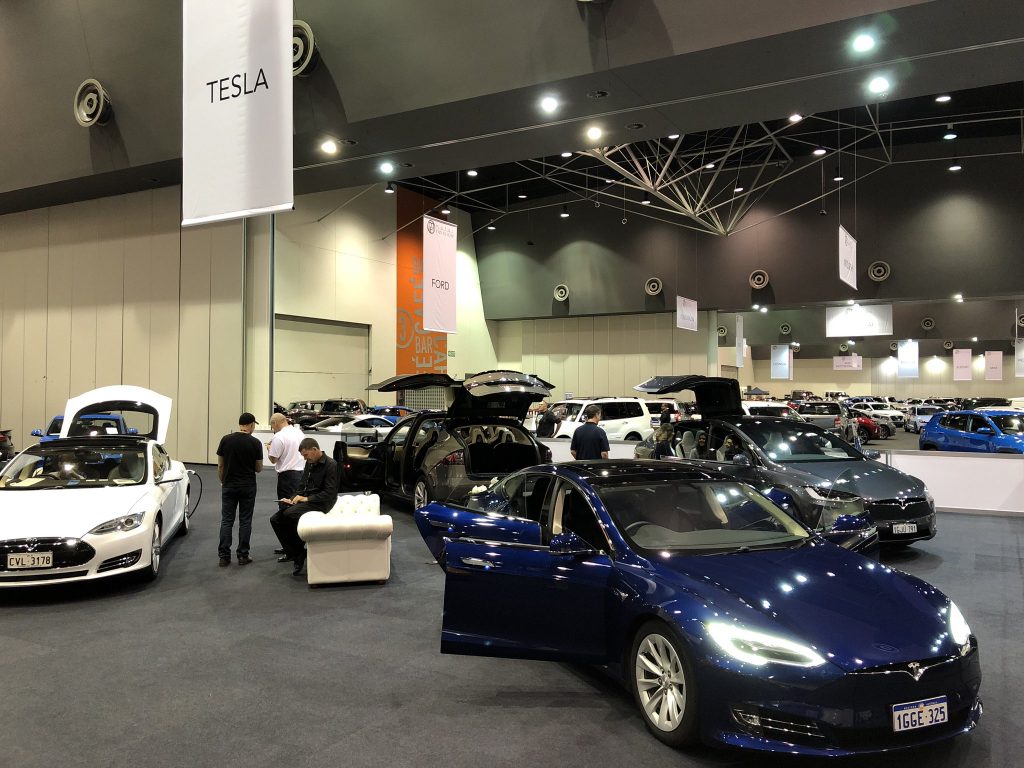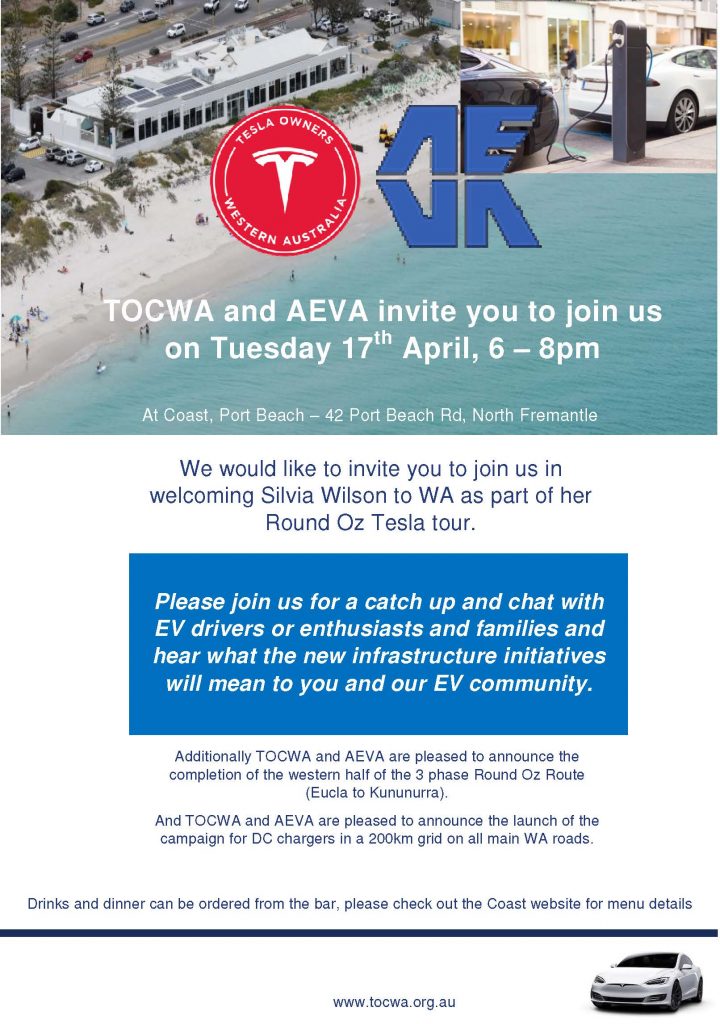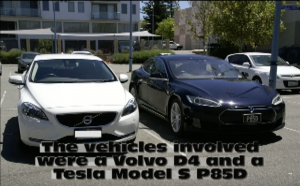2018 has been another year of increased electric vehicle sales in many other parts of the world, the concept has taken a firm grip and there’s no stopping the EV revolution, in Australia the story is slightly different.
There are many sections of industry and the public that can see the benefits of electric transportation; unfortunately we have a small group of politicians that believe otherwise. These people take every opportunity to attack EVs on TV, radio, the printed press and social media, they sprout complete nonsense but when challenged avoid debate. Why do they continue with anti EV propaganda?
For many it’s telling the loyal masses what they want to hear, in these voting groups EVs are seen as a Left wing Greens conspiracy to lower carbon emissions, “God help us all if we’re forced to drive electric vehicles” is the cry, all the charging station diners will only serve Latte’s and Quiche, Bob Menzies photos will be taken down and replaced with Bob Browns, the Hank Williams songs will be removed from the Juke box and replaced with the Electric light Orchestra. Its okay conspiracy theorists, Craig Kelly has an emergency video ready to play on continuous loop, it consists of Mad Max revving the V8 Interceptor, “she sucks nitro, 600 horsepower through the wheels”.
Now let’s put conspiracy theories, carbon emissions, climate change and the half joking aside and discuss something complete different, the nation’s road toll, last year approximately 1225 deaths. This figure has year by year steadily reduced in relation to overall kilometres driven due to vast amounts of money, time and hard work going towards reducing the crashes, injuries and deaths, but a figure that is still far too high. What is an acceptable number of road deaths above zero? Has a public figure or politician ever put a number to it? I doubt it.
This discussion on the road toll brings me to another cause of death and injury that stems from the transport sector, air pollution. This has been spoken about by various concerned groups for some time but until now has been lost in the background noise, I hope that this past Friday the 17th of August 2018 was the day the band stopped playing too loud and the crowd could hear the lead singer.
As you may or may not know Independent Senator Tim Storer has been leading a Senate committee on electric vehicles, the committee is taking submissions on a wide range of reasons for and against the uptake of EVs in Australia. Friday was the second of three public hearings and the Doctors for the Environment were able to have their say; it is now on record and in the same room as the people who were elected and paid to listen. In Australia an average 3000 deaths per year are caused by air pollution, half of those attributed to motor vehicle exhaust emissions, thereabouts 1500 deaths by tailpipe, remember that road toll figure? 1225, a road toll figure that has rightfully received many decades of attention and one that most people would agree is still far too high.
Tailpipe pollution has no favourites, the guy who rides his bike to work to stay healthy is breathing in the exhaust fumes of his colleagues driving to work and the person who likes to walk to the shop rather than catch the bus better hold their breath as the bus cruises past, there never was and there never will be clean diesel, and all the parents who drive their kids to school in the latest 5 star safety rated SUV because your family is precious, guess what, all the other mums had the same idea and their SUVs are idling in the drop off zone next to the kindy playground filling those precious lungs with exhaust toxins.

Some people may compare motor vehicle exhausts fumes to Cigarette smoking but there’s no comparison, the 85% of Australians who choose not to smoke are now free to avoid those fumes. The warning signs are everywhere, smoking is bad for your health and only adults can purchase Cigarettes at massively taxed prices in plain paper packaging with graphic photos printed on the pack, because it’s a burden on society that adds enormous cost and pressure on the nation’s health system. It’s a shame those kindy kids can’t be protected from exhaust fumes like they are from cigarette smoke.
Politicians can argue over many aspects of electric vehicles, they can muddy the waters with all sorts of unfounded claims and opinions, but they can’t argue about the fact that air pollution from motor vehicles is a massive burden on Australian society. Hopefully the Senators present at Friday’s electric vehicle senate committee hearing absorbed those facts from the Doctors for the environment and officially pass it on to their colleagues in Canberra. The unnecessary and time wasting behaviour from the small group of anti-EV politicians has to stop.
